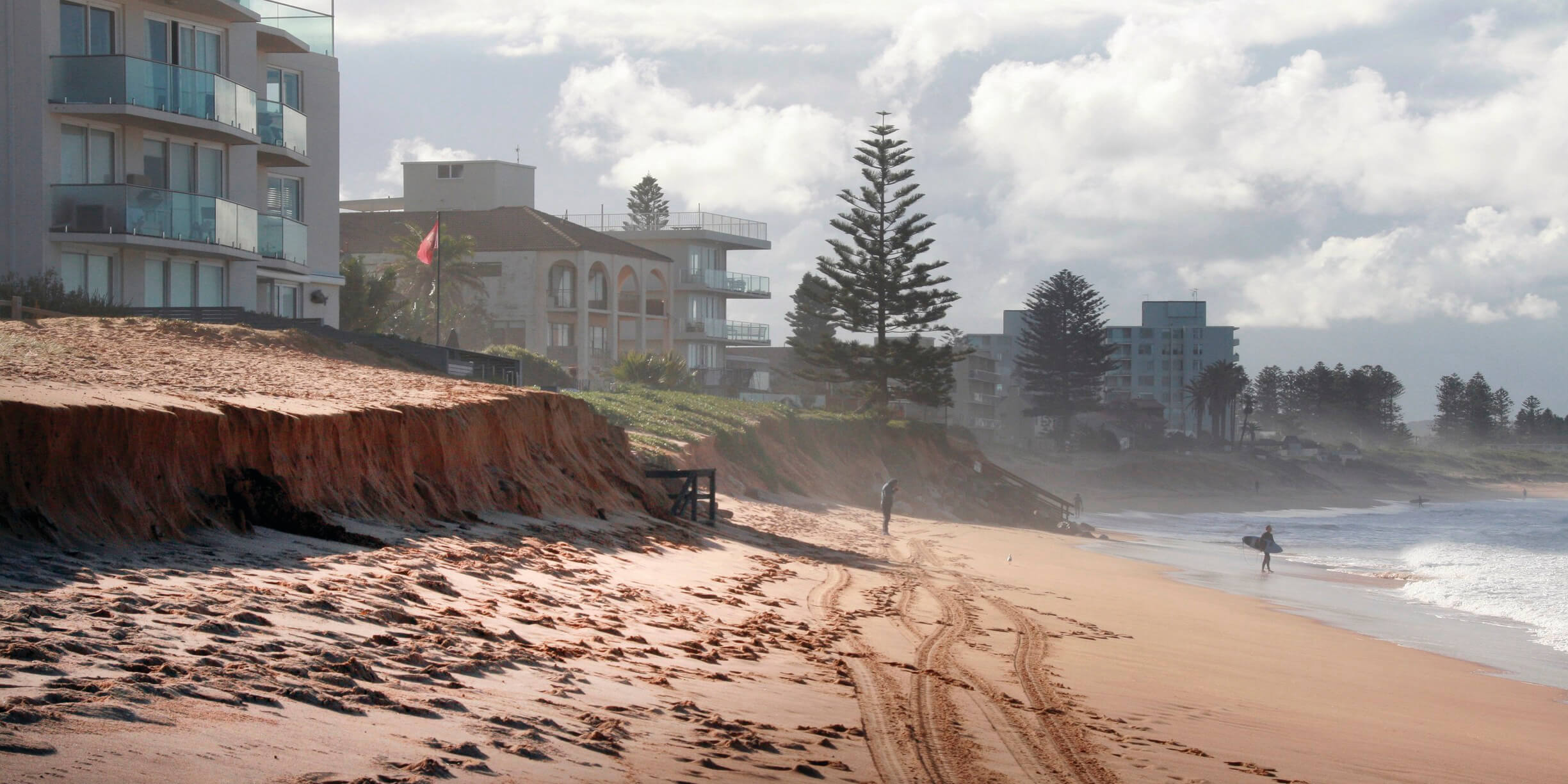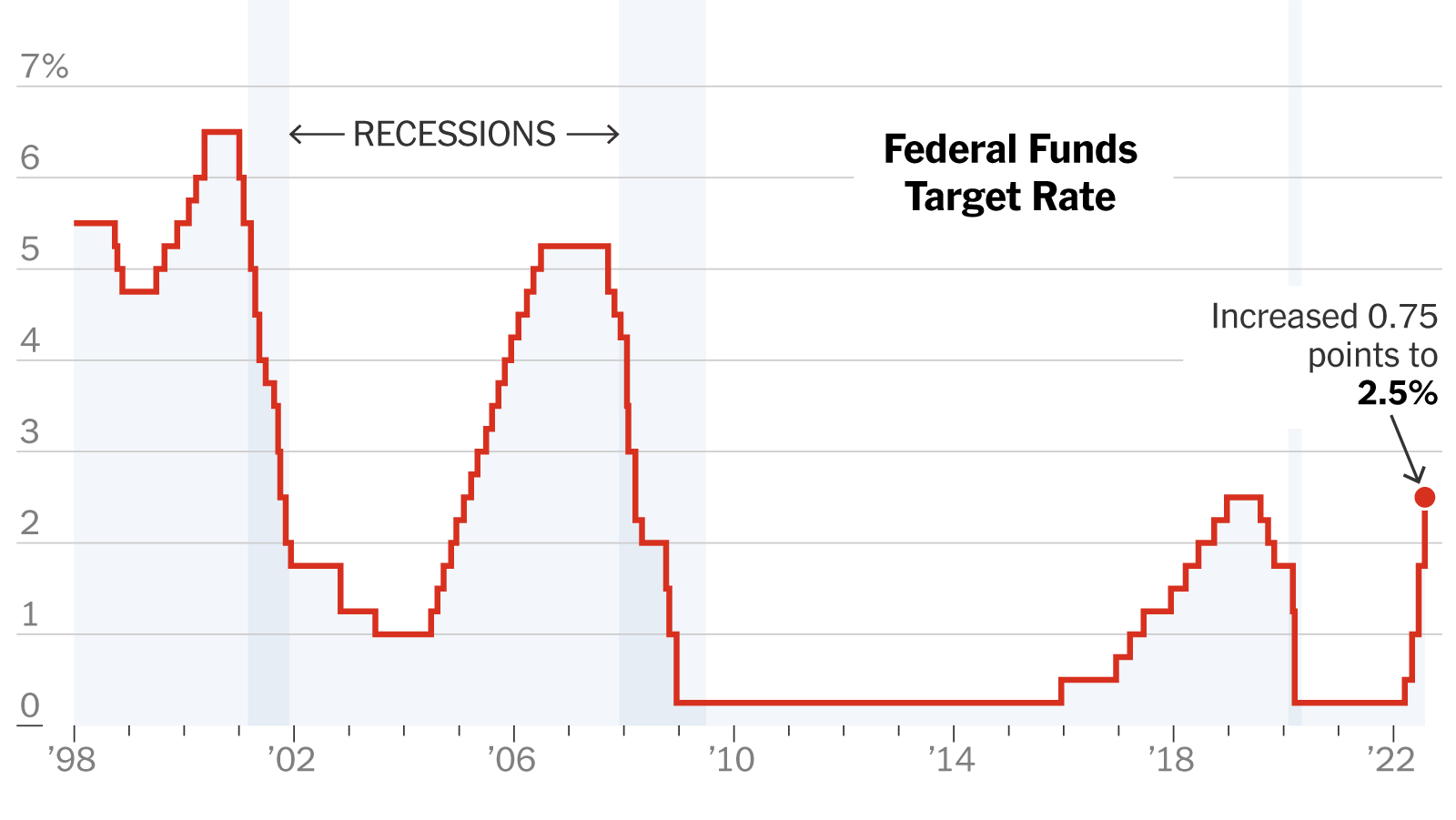Sea Level Rise: Preparing Coastal Areas For A Changing Climate

Table of Contents
Understanding the Impacts of Sea Level Rise on Coastal Communities
Sea level rise, primarily driven by thermal expansion of seawater and the melting of glaciers and ice sheets, poses a significant threat to coastal populations and ecosystems globally. The consequences are far-reaching and devastating.
Increased Flooding and Erosion
The most immediate and visible impact of sea level rise is the increased frequency and severity of coastal flooding and erosion. Even a small increase in sea level dramatically increases the extent and intensity of storm surges, high tides, and wave action.
- Coastal erosion leads to significant beach loss, undermining coastal infrastructure like roads, buildings, and vital utilities.
- The economic consequences are staggering, encompassing repair costs, loss of property values, and disruption to tourism and fisheries.
- Social impacts include displacement of communities, loss of cultural heritage sites, and increased vulnerability to disease.
- Projected sea level rise varies regionally, with some areas facing significantly higher increases than others. For example, the IPCC projects a substantial rise in sea levels for many island nations and coastal regions by the end of the century. This necessitates region-specific flood risk assessment and erosion control strategies.
Saltwater Intrusion
Rising sea levels lead to saltwater intrusion into freshwater aquifers, contaminating drinking water supplies and harming agriculture.
- Saltwater intrusion renders freshwater sources unusable for drinking and irrigation, threatening food security and public health.
- The intrusion of saltwater can damage ecosystems, impacting biodiversity and reducing the productivity of coastal wetlands.
- Mitigation strategies include improving drainage systems, implementing efficient water management techniques, and developing desalination technologies. Effective water resource management is crucial in addressing salinity intrusion and groundwater contamination.
Impacts on Coastal Ecosystems
Coastal ecosystems like mangroves, wetlands, and coral reefs play a crucial role in protecting coastlines from erosion and storm surges. However, rising sea levels are severely impacting these vital ecosystems.
- Rising sea levels lead to habitat loss and degradation, threatening biodiversity and the numerous ecosystem services these areas provide.
- The loss of coastal habitats negatively impacts fisheries, tourism, and the overall economic well-being of coastal communities.
- Mangrove forests, for instance, act as natural buffers against storm surges, and their loss increases coastal vulnerability. Mangrove restoration projects are therefore crucial for maintaining coastal resilience.
Implementing Effective Adaptation and Mitigation Strategies
Addressing the challenges of sea level rise requires a multifaceted approach that combines structural measures, nature-based solutions, and smart planning.
Investing in Coastal Defenses
Traditional coastal defenses, such as seawalls and levees, provide immediate protection against flooding and erosion.
- Seawalls offer direct protection but can have negative environmental consequences, impacting coastal processes and potentially increasing erosion in adjacent areas.
- Levees can protect inland areas but may lead to increased water levels in other unprotected areas.
- The cost of constructing and maintaining these structures can be substantial, requiring careful planning and prioritization within a framework of integrated coastal zone management. Coastal engineering is key to designing effective and sustainable solutions.
Nature-Based Solutions
Nature-based solutions, like mangrove restoration and dune stabilization, offer cost-effective, environmentally friendly, and sustainable alternatives to traditional engineering approaches.
- Mangrove restoration not only protects coastlines but also provides valuable habitat for diverse species, boosting biodiversity.
- Dune stabilization uses vegetation to stabilize coastal dunes, protecting against erosion and enhancing coastal resilience. These nature-based solutions promote ecosystem-based adaptation and are often more sustainable in the long term.
Implementing Smart Planning and Land Use Management
Proactive land-use planning is vital for reducing vulnerability to sea level rise.
- Zoning regulations can restrict development in high-risk areas, preventing further investment in vulnerable locations.
- Building codes can ensure that new constructions are resilient to flooding and other coastal hazards.
- Relocation strategies may be necessary in areas facing imminent threats from sea level rise. Effective coastal zoning and relocation planning are essential elements of land-use planning. Crucially, these processes require significant community engagement and participation to ensure successful implementation.
Conclusion: Preparing for the Future with Proactive Sea Level Rise Management
Sea level rise presents a significant and escalating threat to coastal communities worldwide. The impacts, ranging from increased flooding and erosion to saltwater intrusion and ecosystem damage, necessitate a proactive and multifaceted approach to adaptation and mitigation. Integrating engineering solutions with nature-based solutions and implementing smart land-use planning are crucial for building coastal resilience. International cooperation and collaborative efforts are paramount in addressing this global challenge. To protect our coastal areas, learn more about sea level rise in your region, support policies promoting coastal resilience, and participate in community-based initiatives. Take action against sea level rise today – the future of our coasts depends on it.

Featured Posts
-
 Predicting The Future Palantirs Impact On Public Sector Ai With Its Nato Deal
May 10, 2025
Predicting The Future Palantirs Impact On Public Sector Ai With Its Nato Deal
May 10, 2025 -
 U S Federal Reserve Rate Decision And The Mounting Economic Challenges
May 10, 2025
U S Federal Reserve Rate Decision And The Mounting Economic Challenges
May 10, 2025 -
 Uy Scuti Album Young Thugs Upcoming Project And Potential Release Timeline
May 10, 2025
Uy Scuti Album Young Thugs Upcoming Project And Potential Release Timeline
May 10, 2025 -
 Immigration Detention Trump To Limit Legal Recourse
May 10, 2025
Immigration Detention Trump To Limit Legal Recourse
May 10, 2025 -
 Family Devastated Unprovoked Racist Killing Leaves Loved Ones Broken
May 10, 2025
Family Devastated Unprovoked Racist Killing Leaves Loved Ones Broken
May 10, 2025
